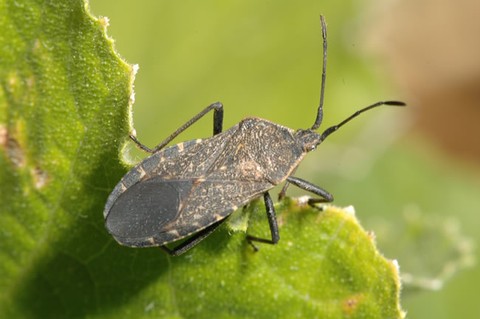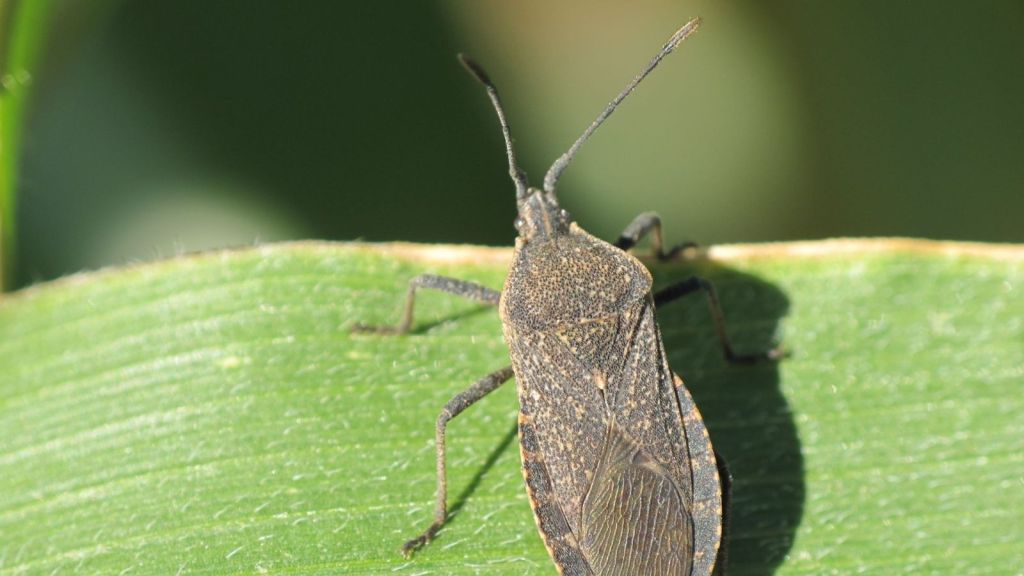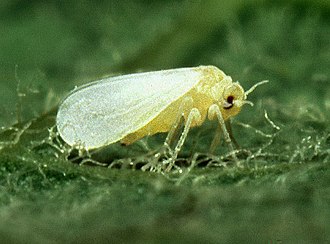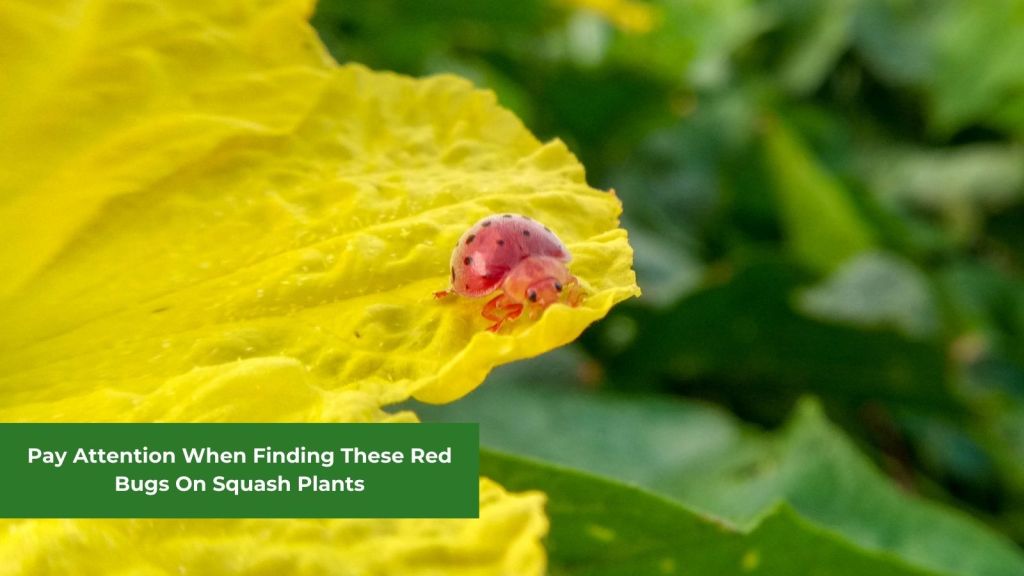If you’re growing squash in your garden, watch out for little grey bugs on the plants. Finding them can be a sign that your squash is in trouble. These bugs might look harmless, but they can cause much damage. Let’s learn more about these pests (their appearance, preventions & treatments) and how to keep your squash plants healthy.
If you find grey bugs on squash plants, they could be squash bugs or silverleaf whiteflies.
#1. Squash Bugs (Anasa tristis)
These insects are gray or brownish-gray in color with distinct body markings. They can be found on squash plants’ leaves, stems, and fruits. Squash bugs can cause damage by piercing the plant tissue and sucking sap, leading to wilting, yellowing leaves, and stunted growth.


How to prevent squash bugs? To stop squash bugs from bothering your plants, try planting your squash in a different spot each year. Clean up old leaves and plants at the end of the growing season. Planting flowers like nasturtiums and marigolds near your squash can help keep the bugs away. You can also use light fabric covers over your plants to keep bugs out but remove them when they have flowers so bees can get to them. And, always watch for bugs or their eggs on the bottom of leaves and pick them off if you see them.
Dealing with squash bugs? Dealing with squash bugs is essential to keep your squash plants healthy. Start by regularly checking the leaves’ undersides and around the plant’s base for clusters of bronze-colored eggs or bugs. If you find any, pick them off and drop them into a bucket of soapy water. Protect young plants with floating row covers, but remove them when they start to flower to let pollinators in. Growing bug-repelling plants like nasturtiums and marigolds nearby can also help. If the infestation gets terrible, consider using insecticidal soap or neem oil, focusing on the undersides of leaves where bugs hide. Always keep your garden clean by removing plant debris at the end of the season, which can be home for these pests.
Reference: Squash Bug, Anasa tristis | University of Wisconsin-Madison.
#2. Silverleaf Whiteflies (Bemisia tabaci)
Whiteflies are tiny, winged insects that often appear gray due to the powdery wax covering their bodies. They gather under the leaves and draw out the sap, leading to yellow leaves, slower growth, and a sticky substance called honeydew.


How to prevent silverleaf whiteflies? These are the practices to avoid seeing these bugs. Use ladybugs or tiny wasps to keep silverleaf whiteflies away from your garden. These bugs eat whiteflies. Put up yellow sticky papers; whiteflies get trapped on them—lay shiny aluminum foil around your plants, which pushes whiteflies away. Spray your plants with a mix of water and a little soap, or use neem oil, a natural product you can find in stores. Before bringing new plants into your garden, check them closely to make sure they don’t have whiteflies on them. At the end of the growing season, clean up any leftover plants and leaves to stop whiteflies from making a home there.
What to do once you find these bugs? To deal with silverleaf whiteflies effectively, release helpful bugs like ladybugs into your garden, as they naturally eat whiteflies. Spraying soapy water or special garden oils directly on the bugs, especially under the leaves, can help get rid of them. Neem oil is another good option that can both repel and kill whiteflies. If there are too many whiteflies, you should use more potent bug sprays from the store, but make sure they say they work on whiteflies. Checking your plants often and acting quickly can help control these pests.
A Few Concluding Words
Growing squash can be fun but always watch for those little grey bugs. They might be small, but they can cause significant problems for your plants. You can keep your squash healthy by checking your plants often and taking quick action if you see these bugs. So, remember to take a quick look whenever you’re out in the garden. A small action now can save you problems later, and you’ll enjoy the tasty reward of your hard work.
Upcoming reads about other bugs on squash plants:
















![[GHC Featured Image] Be Aware When You Find These Grey Bugs On Squash Plants grey bugs on squash plants featured image](https://greenhousecenter.net/wp-content/uploads/2023/08/GHC-Featured-Image-Be-Aware-When-You-Find-These-Grey-Bugs-On-Squash-Plants-696x392.jpg)




